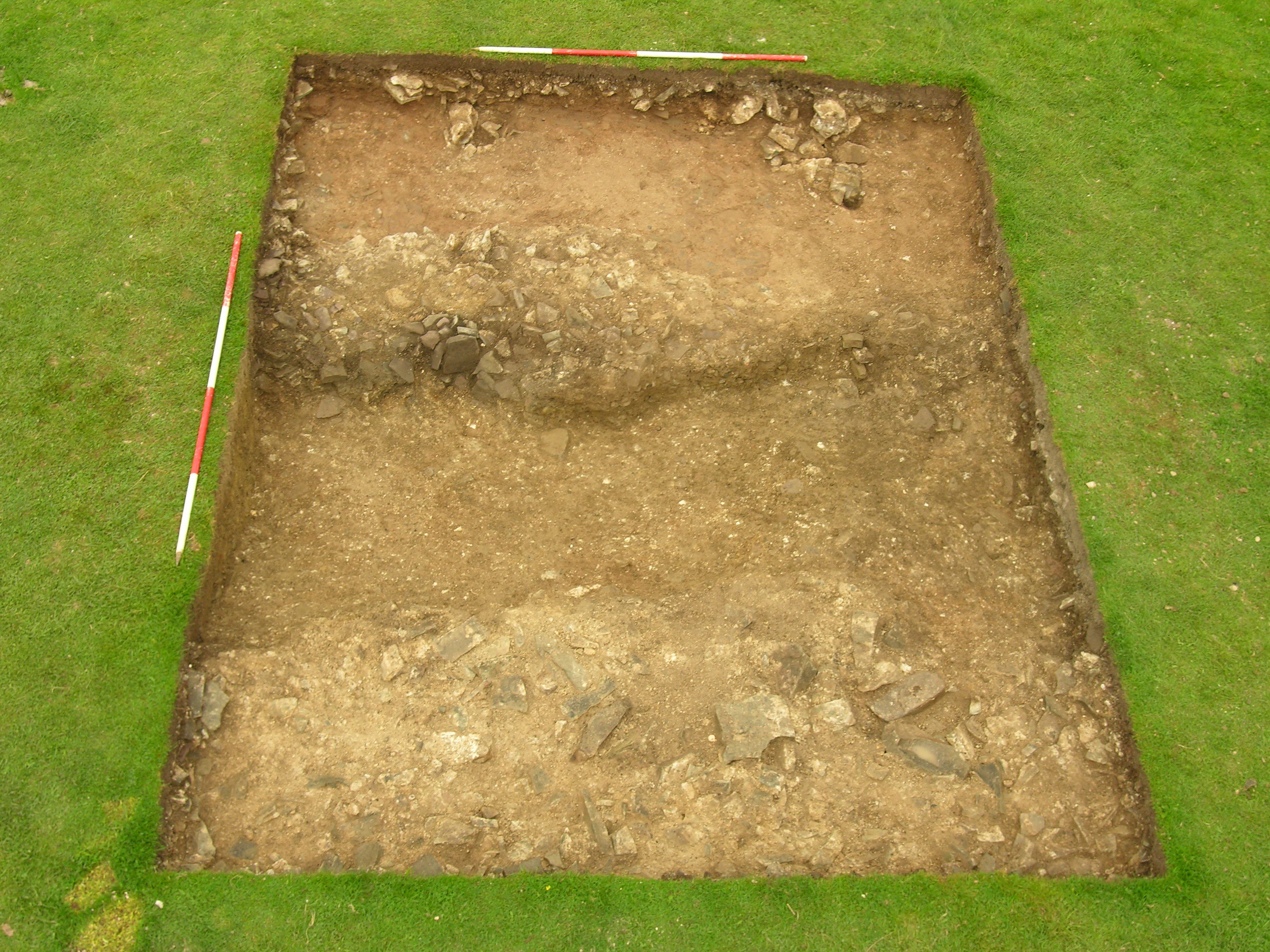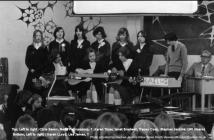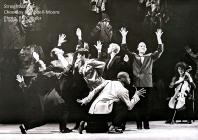Content can be downloaded for non-commercial purposes, such as for personal use or in educational resources.
For commercial purposes please contact the copyright holder directly.
Read more about the The Creative Archive Licence.
Description
This elevated photograph was taken on the penultimate day of the excavation. As time began to run out, pressure began to mount to gain as much evidence as possible with regards to answering some of the key questions we had set out to answer. The problem with any excavation is that no sooner you think you are beginning to understand the archaeology, the time in which to further explore it and to test a hypothesis becomes increasingly less and less and you are left with some hard decisions with regards to what can be excavated to give the most amount of information within the shortest time possible.
As the linear feature in the centre of the trench continued to go deeper and with the time left of the excavation clearly conscious in our minds, the decision was taken to stop excavating this feature and to start investigating what lay underneath the rubble deposits on either side of the feature (Austin & Dollery 2011). The primary reason being is that we wanted to ascertain the extent of the survival of archaeology. It was clear that beneath the rubble deposits we were likely to find archaeology associated with the hall such as occupation surfaces and possibly even remains of structural features such as walls (Austin & Dollery 2011). Once the rubble to the west was cleared (top of photograph) a new context was discovered as well as some interesting features. The new deposit consisted of red sandy soil with mixed in lime mortar, giving some indication that it was associated with the demolition of the hall (Austin & Dollery 2011). Within this new context were two post holes which can be seen in the photograph (one top left and the other top right). This was evidence that there was indeed structural archaeology still surviving and gave some indication of the survival of archaeology being relatively good. As to what these post holes where for was not yet clear, suffice to say they would have supported a roof or even upper floor of some kind (Austin & dollery 2011).
Austin, D. & Dollery, J. The Excavation. In Austin, D [Ed] 2011 Paradise Lost In Search of a Garden before the Garden: Middleton Hall. Report of project conducted in 2011. Heritage Lottery Fund.






Do you have information to add to this item? Please leave a comment
Comments (0)
You must be logged in to leave a comment